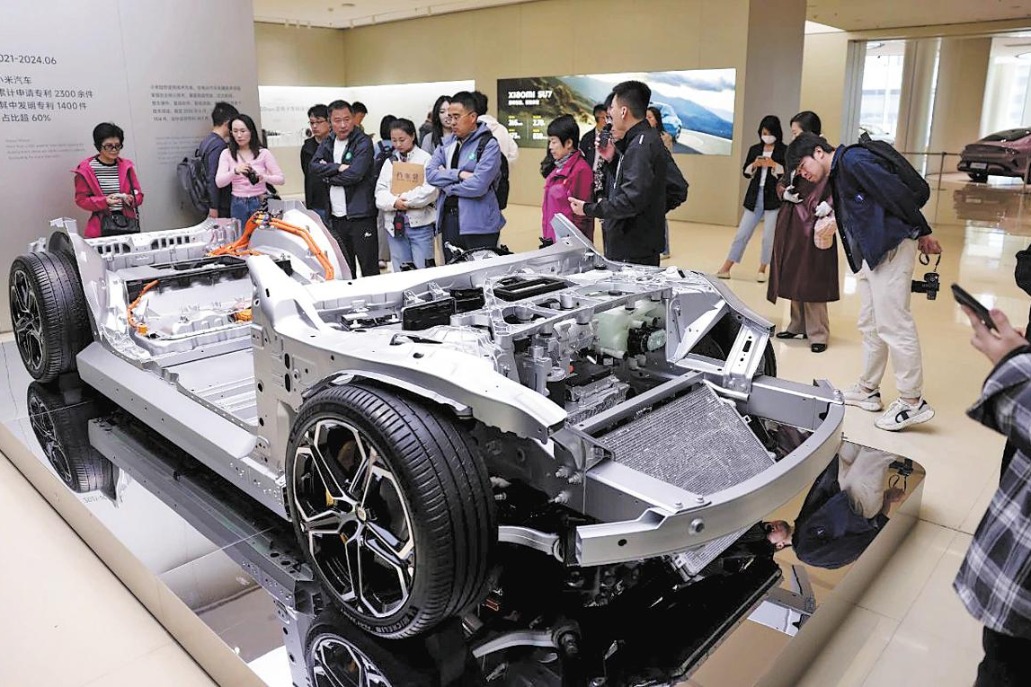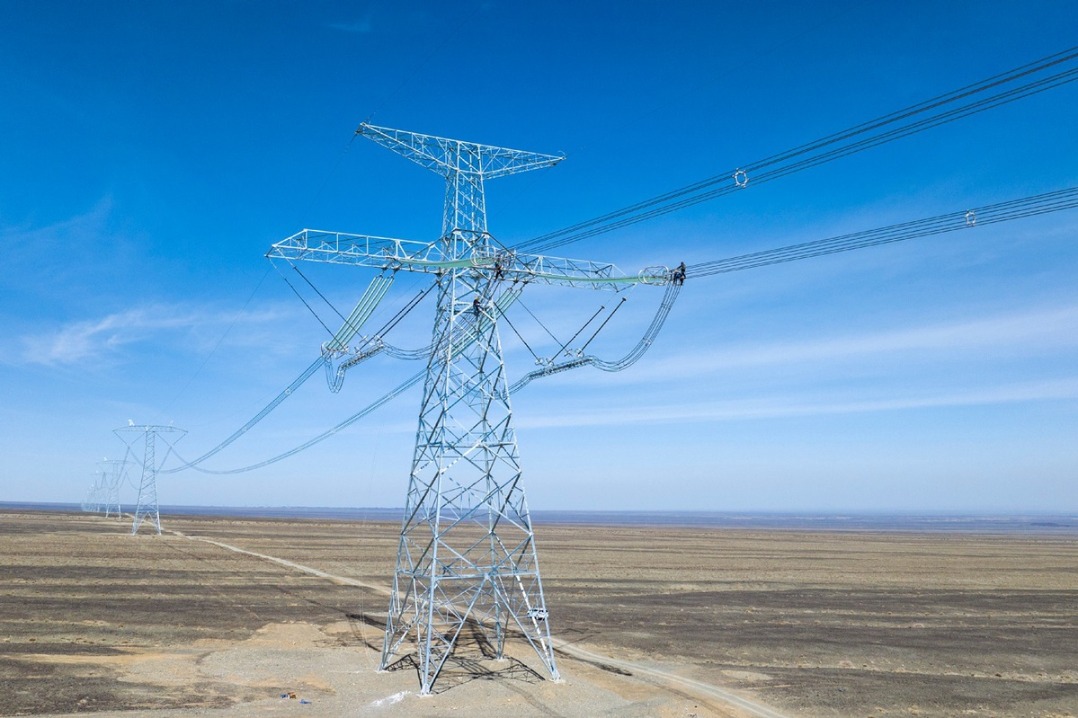The Sino-American employment challenge

Donald Trump's rise to power in the United States involved more than a little China-bashing. Yet with President Xi Jinping's visit to Trump's Florida estate in April, it seems the status quo in the bilateral relationship-crucial for global trade, growth and stability-will be maintained. That could be very good news for Chinese and US workers alike.
At the Florida meeting, Xi reiterated China's commitment to maintaining a positive relationship with the US. "We have a thousand reasons to get China-US relations right," he said, "and not one reason to spoil them." Trump, for his part, accepted Xi's invitation to visit China soon.
On trade, Trump and Xi agreed to a 100-day plan for discussions on reducing the US trade deficit with China. Moreover, the US accepted China's proposal to revamp the framework for bilateral engagement by creating the US-China Comprehensive Dialogue, consisting of four sub-dialogues: diplomacy and security, economic issues, law enforcement and cybersecurity, and social and cultural affairs.
The understanding between Xi and Trump reflects a sober acknowledgment of the domestic and international risks their countries face. Both seem to have recognized that a stable US-China relationship is necessary to enable them to focus on how to deal with their respective challenges.
For Xi, those challenges include supply-side structural reforms to address corruption, pollution, rising debt, overcapacity and low productivity. As for Trump, the main imperative is to overcome political and institutional obstacles to fulfilling his promises, including the ones to reduce taxes and invest in infrastructure.
But there is one key challenge that both leaders have in common: jobs. Technological advances, especially in automation and robotics, are putting a growing number of jobs under pressure. In the US, that pressure was a driving force behind Trump's election, though it was often and disproportionately blamed on immigrants and developing countries' exporters, including those from China. But in China, too, technology-driven job insecurity could pose a threat to the economy.
According to a report released by former US president Barack Obama's administration last year, anywhere from 9 percent to 47 percent of jobs will be threatened by automation during the coming decade. More recently, McKinsey released a report on the topic, in which it estimates that about 60 percent of all occupations could undergo automation of 30 percent or more of their constituent activities.
Now, world leaders-beginning with Trump and Xi-must figure out how to sustain employment, as existing jobs disappear. The Obama administration's study recommended a three-pronged approach: investment in artificial intelligence (to take advantage of its benefits); education and training of workers for the jobs of the future; and aid for workers in transition. This is all well and good, but one imperative is missing: ensuring that enough new jobs actually are created.
In both China and the US, job disruptions are subject to sectoral and geographic imbalances. Driverless cars, for example, will threaten some 2-3 million jobs in the US. Those job losses will hit workers in some sectors-beginning with personal and freight transport-particularly hard.
Similarly, the effects of automation on factory workers tend to be concentrated in particular regions. The US' Rust Belt, which once boasted a powerful manufacturing sector, is already suffering the consequences of automation. In China, it is the northeastern region that is being hit hardest by job losses, owing to overcapacity and the closure of polluting and loss-making heavy industries.
But the most consequential asymmetry affecting the job-creation challenge may be the one between institutions and policies. Sharp increases in government employment are usually fiscally unsustainable and even counterproductive, as they can crowd out the private sector. Yet large enterprises-whether private or State-owned-are in job-reduction mode, driven either by profit or efficiency pressures. This leaves small and medium-sized enterprises to pick up the slack.
China's SMEs are certainly capable of doing so. Indeed, even if large enterprises were not currently shedding workers, they would be at a disadvantage vis-à-vis more efficient and innovative SMEs in an economy transformed by interactive internet platforms.
Consider e-commerce. As a recent report by the Alibaba Research Institute points out, e-commerce is transforming the relationship between customers and businesses. What was once a business-to-consumer supply-and-distribution model has become far more interactive, with customers constantly delivering feedback to which businesses have to constantly adapt.
Large internet platforms like Alibaba can use big data and smart analytics to monitor such changes. But large established companies cannot respond to those changes-say, by adjusting what they are producing or how they are distributing it-with the same speed and flexibility as their SME counterparts.
Despite the potential of SMEs to produce valuable innovation and create jobs, however, the sector has been woefully neglected by policymakers. For example, tax incentives do not account for SMEs' positive externalities in terms of job creation and innovation. And, because of the risks of individual failures, SMEs often face higher costs for bank credit, particularly in China.
As the world's two largest consumer markets and leading trade partners, China and the US can do much to help each other overcome the barriers to increased, broad-based and high-quality job creation. The US has the technology, talent and regulatory experience to continue to lead the way on innovation, supporting job creation in new and future-oriented industries and activities. And China's move toward a consumption-led economy, driven by an increasingly modern services sector, is likely to boost demand for high-quality and innovative US goods and services.
The result would be a much more balanced trade relationship and, potentially, a new global partnership for development. With that in mind, one can only hope that Trump maintains the cooperative spirit demonstrated at the recent Florida meeting.
Andrew Sheng is a distinguished fellow at the Asia Global Institute at the University of Hong Kong and a member of the UNEP Advisory Council on Sustainable Finance. And Xiao Geng, president of the Hong Kong Institution for International Finance, is a professor at the University of Hong Kong.


































